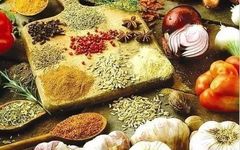In Traditional Chinese Medicine (TCM), the concept of “food and medicine share the same source” emphasizes the selection of appropriate ingredients or medicinal herbs to achieve health maintenance and regulation through daily diet.Both Chinese herbs and food originate from plants and animals in nature, and many Chinese herbs are difficult to distinguish from food, such as cloves (dīng xiāng), fennel (xiāng suān), black plum (wū méi), yam (yù zhú), licorice (gān cǎo), cinnamon (ròu guì), adzuki bean (chì xiǎo dòu), Sichuan pepper (huā jiāo), malt (mài yá), kelp (kūn bù), and monk fruit (luó hàn guǒ), which serve as both food and medicine.In TCM, the principle of “correcting the bias with a bias” is applied, meaning that the inherent properties of a substance are used to treat diseases with similar properties, known as medicinal properties. In the “Compendium of Materia Medica” (Bencao Gangmu), various foods are categorized similarly to medicinal substances based on their properties and flavors.Since “food and medicine share the same source,” the four qi (四气) and five flavors (五味) encompassed by medicinal properties are also present in foods, albeit with differences in efficacy.Many people have heard of the term “properties and flavors” regarding food and medicinal materials. What exactly are properties and flavors? Here, “properties” refers to the four qi, also known as four properties, while “flavors” refers to the five flavors. Today, we will elaborate on the four qi and five flavors.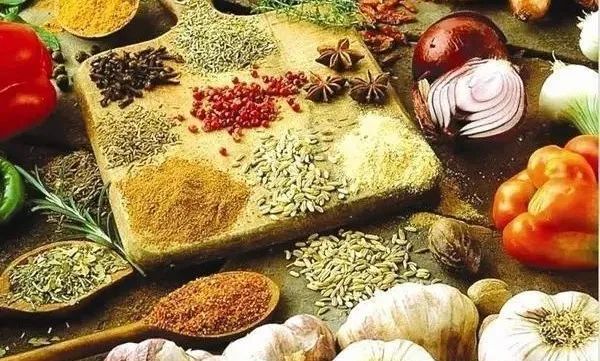 ● What are the Four Qi?According to the “Shennong’s Classic of Materia Medica” (Shennong Bencao Jing), it states: “All things must be nourished by heaven and earth. The heavenly order governs growth, and the four seasonal qi (气) are present.” This indicates that the four qi of medicinal and food materials are derived from their analogy with natural climatic conditions.
● What are the Four Qi?According to the “Shennong’s Classic of Materia Medica” (Shennong Bencao Jing), it states: “All things must be nourished by heaven and earth. The heavenly order governs growth, and the four seasonal qi (气) are present.” This indicates that the four qi of medicinal and food materials are derived from their analogy with natural climatic conditions.
The four qi refer to the four different medicinal properties of substances: cold (寒), hot (热), warm (温), and cool (凉), also known as the four properties. The four qi reflect the tendency of substances to affect the yin and yang balance in the human body, and the changes in cold and heat, forming an important part of the theory of medicinal properties, serving as a primary theoretical basis for explaining the effects of medicines.
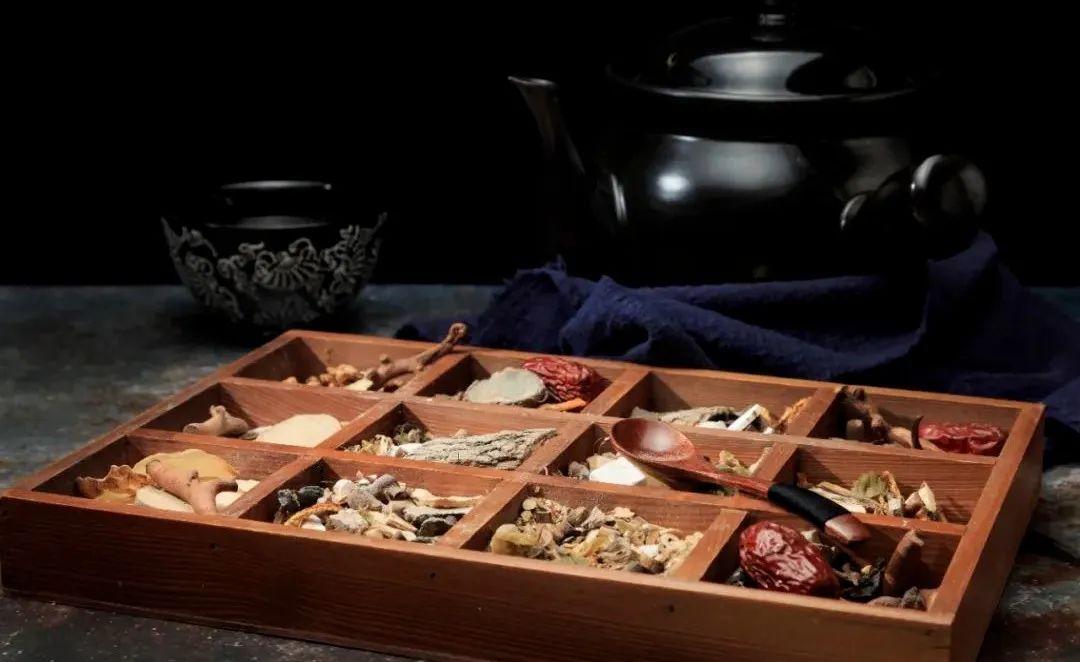
While it may sound profound, the derivation of the warm, hot, cool, and cold properties of each medicinal substance comes from the reactions experienced by individuals after consuming these foods and medicines.For example, when a healthy person consumes aconite (fù zǐ), dried ginger (gān jiāng), cinnamon (ròu guì), or deer antler (lù róng), they may feel warmth or heat, categorizing these as warm or hot substances; conversely, when consuming herbs like coptis (huáng lián), gypsum (shí gāo), honeysuckle (jīn yín huā), snow pear (xuě lí), or mint (bò hé), they may experience a cooling sensation, leading to a classification as cool or cold substances.In patients, the effects can be inferred: substances that alleviate or eliminate heat symptoms can be inferred as cold or cool medicines; those that alleviate or eliminate cold symptoms can be inferred as warm or hot medicines.One of the basic principles of dietary therapy is “to treat heat with cold.” Cold and cool substances can regulate warm and hot constitutions or conditions, such as using honeysuckle, chrysanthemum (jú huā), snow pear, mint, or purslane (mǎ chǐ xiàn) to achieve effects like clearing heat, draining fire, cooling blood, and detoxifying.
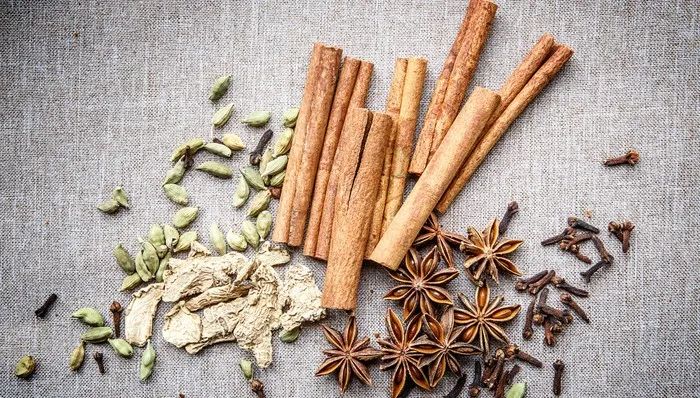
In addition to “cold, hot, warm, and cool,” if there is no significant change in the sensation of cold or heat after consuming certain foods or medicines, or if the regulation of cold or heat symptoms is not apparent, it is classified as neutral qi (平气), or neutral property, thus, while it is commonly referred to as the four qi, it actually encompasses five qi.Neutral property means “no harmful bias,” indicating that these foods and medicines often possess a gentle nature, making them suitable for health maintenance and regulation.Since the four qi are derived from verified efficacy and inference, they are rich in experiential knowledge, thus highly credible and practical.
● How are the Five Flavors Derived?
The five flavors refer to the true tastes of medicinal substances, including pungent (辛), sweet (甘), sour (酸), bitter (苦), and salty (咸), which are the five basic flavors, along with the effects of the substances. In addition to these five basic flavors, there are also bland (淡) and astringent (涩) flavors. Traditionally, bland is associated with sweet, and astringent is associated with sour, hence the term “five flavors.” Additionally, aromatic properties are associated with pungent flavors.
The concept of five flavors first appeared in the “Inner Canon of Huangdi” (Neijing) and the “Classic of Materia Medica” (Bencao). The five flavors of medicinal substances are determined by taste, and their medicinal properties are understood after ingestion. The ancients stated, “Taste is known upon entry, and properties are known upon digestion,” where taste and properties refer to medicinal properties and flavors. People associate the flavors of substances with their effects, which is the initial concept of “flavor theory.” Later, with the rise of the five elements theory, the flavor theory evolved into the “five flavors theory,” which was enriched and systematized in the “Inner Canon of Huangdi.” The “Classic of Materia Medica” explicitly states that “medicines have sour, salty, sweet, bitter, and pungent flavors.”
1. Pungent Flavor: Dispersion and Circulation
Pungent flavor is known for its ability to disperse and promote circulation.“Dispersion” refers to its ability to disperse. Pungent flavor is primarily used for exterior syndromes, evident in its ability to release the exterior. For example, the familiar scallion (葱白), ginger (生姜), and brown sugar (红糖) water contains scallion and ginger, both of which are pungent and warm, thus “good at dispersing wind and cold evil.” Therefore, scallion and ginger water is more suitable for treating wind-cold colds; while for dispersing wind-heat, mint is used, which is recorded in the “Medicinal Compendium” (Yaojian) as “(mint) has a pungent and cool nature, thus can disperse wind-heat above.”
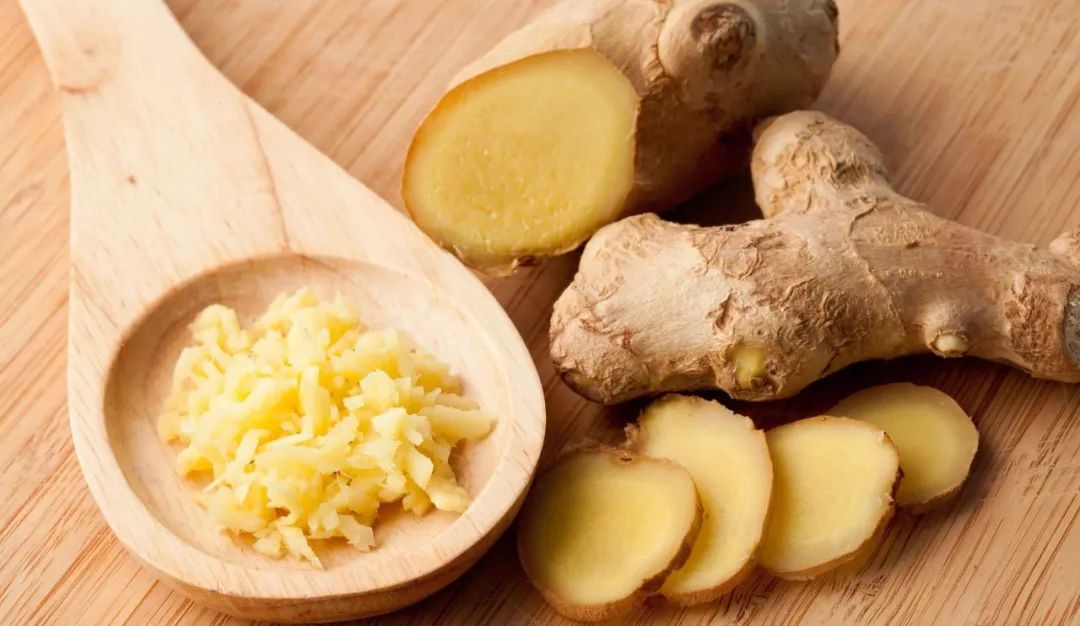
Pungent flavor also promotes circulation, affecting qi and blood. For instance, cardamom (shā rén) has a pungent flavor and warm nature, thus “warming and promoting qi”; while ligusticum (chuān xiōng), with a pungent and warm nature, can invigorate blood, hence many qi and blood-promoting foods and medicines carry a pungent flavor.
2. Sweet Flavor: Nourishing, Harmonizing Medicinal Properties, and Alleviating Pain
Sweet flavor is known for its ability to nourish, harmonize, and alleviate.Sweet flavor nourishes, primarily used for various deficiency syndromes. For example, astragalus (huáng qí) has a sweet and slightly warm nature, which can tonify lung and spleen qi deficiency; jujube (大枣) and yam (山药) tonify the spleen, etc. Sweet flavor harmonizes in two ways: first, it harmonizes medicinal properties, and second, it harmonizes flavors.For instance, licorice (gān cǎo), with a sweet flavor and neutral nature, serves to harmonize various medicines, detoxify food and medicinal toxins, and protect the middle jiao (中焦) spleen. For example, licorice can detoxify aconite (fù zǐ) and monkshood (wū tóu) toxins, and honey can detoxify monkshood toxins.
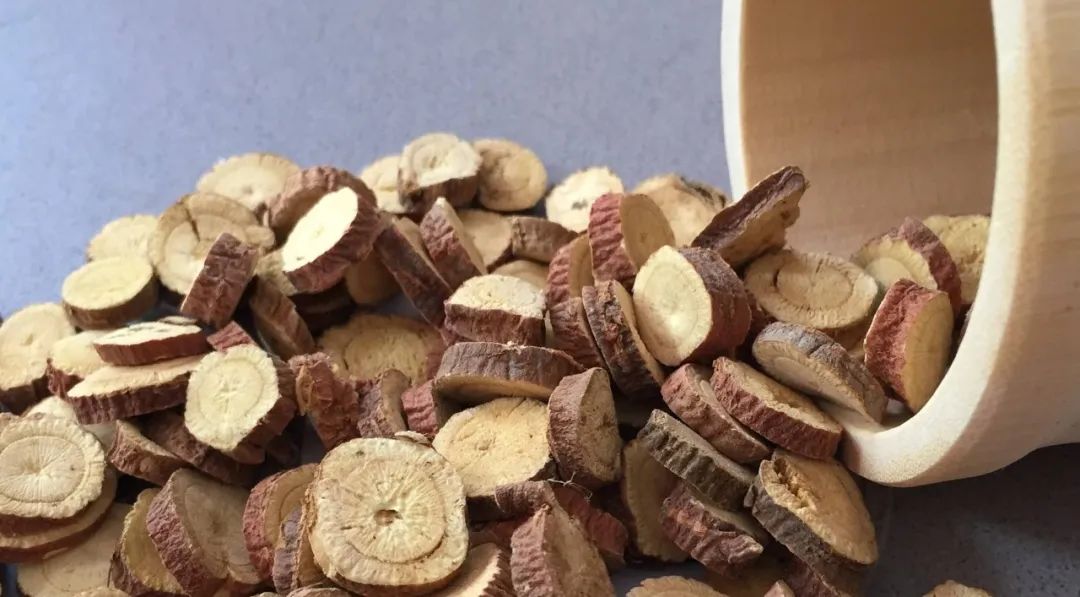
Among the five flavors, compared to pungent, sour, bitter, and salty, sweet flavor is more palatable, making it easier to incorporate sweet-flavored medicines into prescriptions, thus harmonizing the taste and facilitating consumption.Sweet flavor can also alleviate, referring to its ability to relieve spasmodic pain. For instance, for abdominal or limb spasms, sweet flavor can be used to soothe pain. A common example is women experiencing menstrual pain often drink brown sugar ginger tea, where the brown sugar not only disperses cold and invigorates blood but also alleviates pain.However, for dietary therapy, good taste is essential for adherence, thus the advantages of sweet-flavored ingredients are more pronounced.
3. Sour Flavor: Astringent and Firming
Sour flavor corresponds to the liver. Sour flavor can promote liver blood and bile production, calm liver fire, and has astringent properties, which can contract urination, stop diarrhea, and astringe sweat and essence. In winter, when it is cold, urination increases; consuming sour foods appropriately can help contract urination. Sour foods include oranges, lemons, apples, grapes, pomegranates, black plums (wū méi), hawthorn (shān zhā), and vinegar. Those with spleen disorders should avoid sour foods.
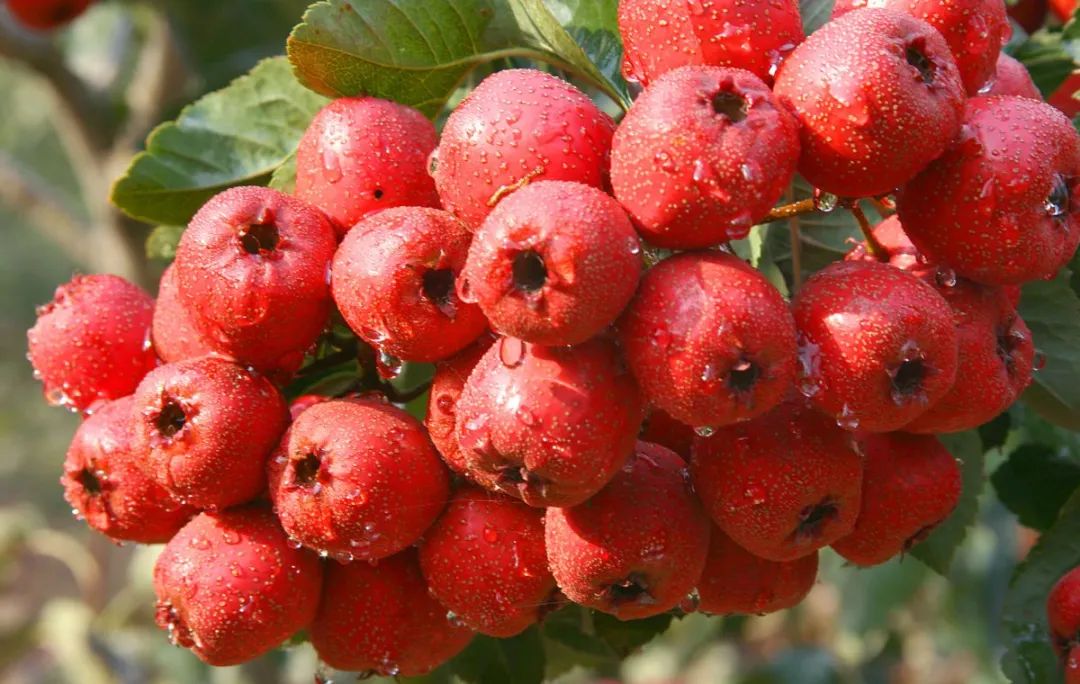
Dietary therapy can also include astringent foods like lotus seeds (lián zǐ) and gorgon fruit (qiàn shí), which can stop diarrhea, salivation, and nocturnal emissions. Additionally, during prolonged coughs or asthma, sour medicinal substances can be used to astringe the lungs and stop coughs, such as schisandra (wǔ wèi zǐ).Sour flavor also has another function: when paired with sweet flavor, it can generate yin fluids, known as sour-sweet transformation. For example, drinking a bit of sweet and sour plum juice can generate fluids and quench thirst. The plum juice contains sour black plum and sweet sugar, thus achieving the effect of sour-sweet transformation, replenishing fluids, and quenching thirst.
4. Bitter Flavor: Draining and Drying
Bitter flavor corresponds to the heart. Bitter flavor has effects such as clearing heat, draining fire, aiding digestion, and detoxifying. In winter, when kidney water predominates, it can easily counteract heart fire, hence it is said that the heart is often deficient in winter, and one should consume bitter foods, such as dried tangerine peel (chén pí), bitter apricot (kǔ xìng rén), ginkgo (bái guǒ), peach kernel (táo rén), lotus seeds, burdock (niú bàng), and bitter melon (kǔ guā). Some people enjoy drinking coffee or tea, which can help prevent or reduce the occurrence of cardiovascular diseases. However, those with lung diseases should avoid bitter foods.
Secondly, bitter flavor can promote drainage. An example of a bitter laxative is senna leaves (fān xiè yè), which belong to the category of heat-clearing laxatives. In the early days of weight loss teas, some contained senna leaves to enhance laxative effects. In reality, laxatives should not be used long-term, and relying on laxatives for weight loss is not advisable.Thirdly, bitter flavor can descend and drain, which can help with upward-reversing qi, such as vomiting or belching due to stomach qi rising, and coughing or wheezing due to lung qi rising. Bitter substances that can descend include bitter apricot, which can transform phlegm and stop coughs. When lung qi rises, it can easily lead to coughing, thus the bitter flavor of bitter apricot can help descend lung qi and stop coughing.
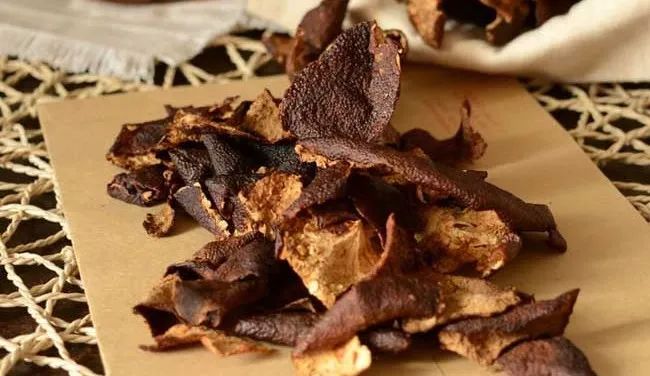
Regarding the drying effect of bitter flavor, the most commonly used in dietary therapy is dried tangerine peel, which can regulate qi, strengthen the spleen, dry dampness, and transform phlegm, and has a high compatibility, for instance, it can ascend with ascending medicines and descend with descending medicines, making it a good partner.Textbooks also mention that bitter flavor has the effect of strengthening yin, which is logically understood as: bitter drainage can clear internal heat, and once internal heat is cleared, it does not harm yin. However, this concept may have some logical flaws, as mentioned earlier, “bitter can dry dampness,” and drying dampness can inherently harm yin. Moreover, there are not many examples that can be cited in this regard; the commonly mentioned ones are phellodendron (huáng bǎi) and anemarrhena (zhī mǔ), which can both clear heat and strengthen yin, but anemarrhena itself has a sweet flavor, and sweet flavor combined with cold nature can nourish yin, suggesting it is not solely dependent on bitterness to strengthen yin. Thus, stating that huáng bǎi strengthens yin seems somewhat isolated.
5. Salty Flavor: Draining, Entering the Kidneys, Softening and Dissolving
Salty flavor, such as jellyfish and light salt water, can help regulate constipation, demonstrating the laxative effect of salty flavor; foods like sea cucumber and duck can nourish the kidneys, while squid and kelp can nourish blood and nourish yin, all showcasing the kidney-nourishing effects of salty flavor; seaweed and kelp can be used for phlegm nodules and masses, demonstrating the softening and dissolving effects of salty flavor.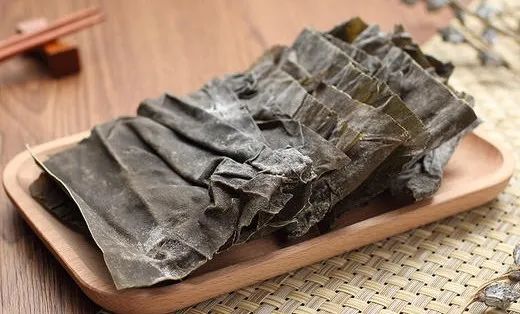 Note:This account aims to promote TCM culture, and the TCM knowledge mentioned in the text is for learning and exchange purposes only.
Note:This account aims to promote TCM culture, and the TCM knowledge mentioned in the text is for learning and exchange purposes only.
WeChat has been updated! If youneither★starred me, nor liked or “viewed” my articles,the system will assume you do not wish to receive information related to herbal knowledge, and ultimatelyyou will not receive our article updates
End of the article. Thank you for your patience in reading. If you find it interesting, please click “ Like” and “
Like” and “ View” to show your support.
View” to show your support.
As the ancient saying goes, “In a group of three, there must be a teacher for me.” To facilitate the integration and exchange of knowledge among TCM practitioners, we are preparing to establish a discussion group on herbal knowledge. If you wish to join, please add the editor on WeChat and specify your identity. The editor invites you to join the group.


